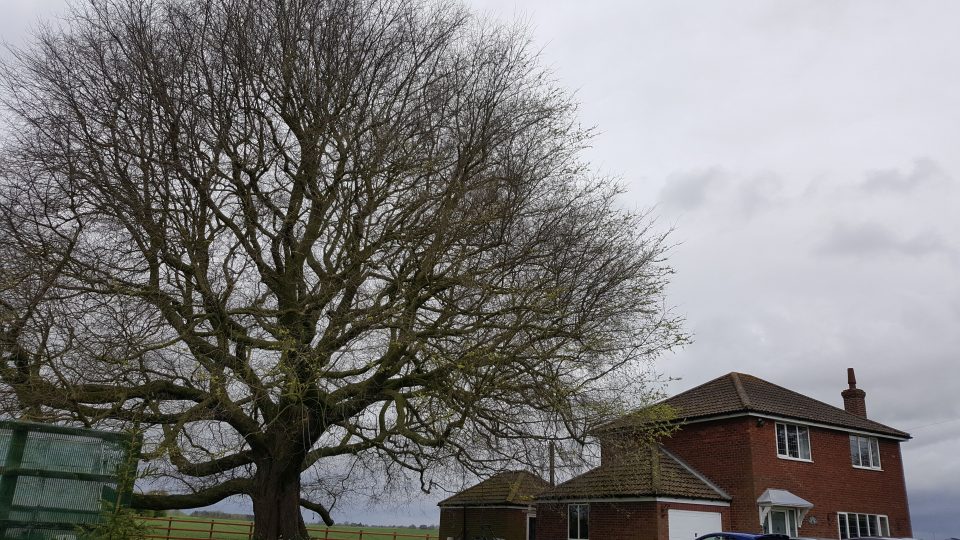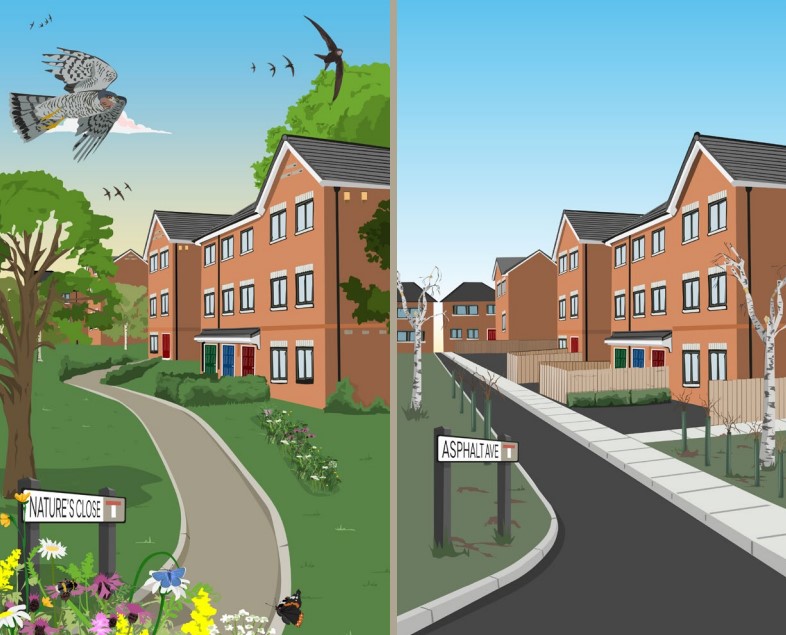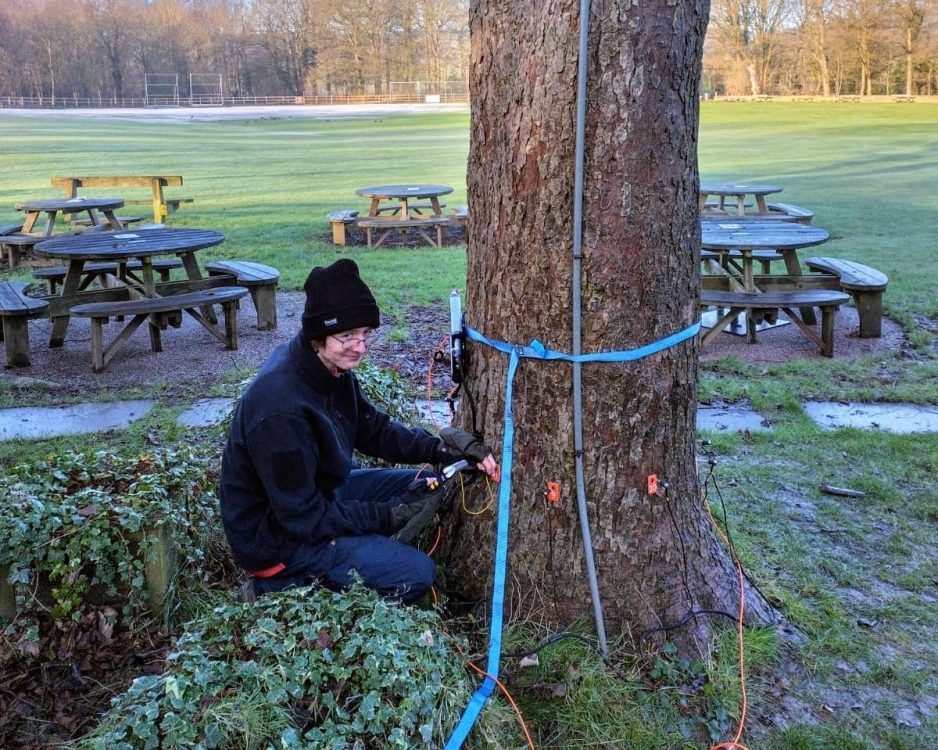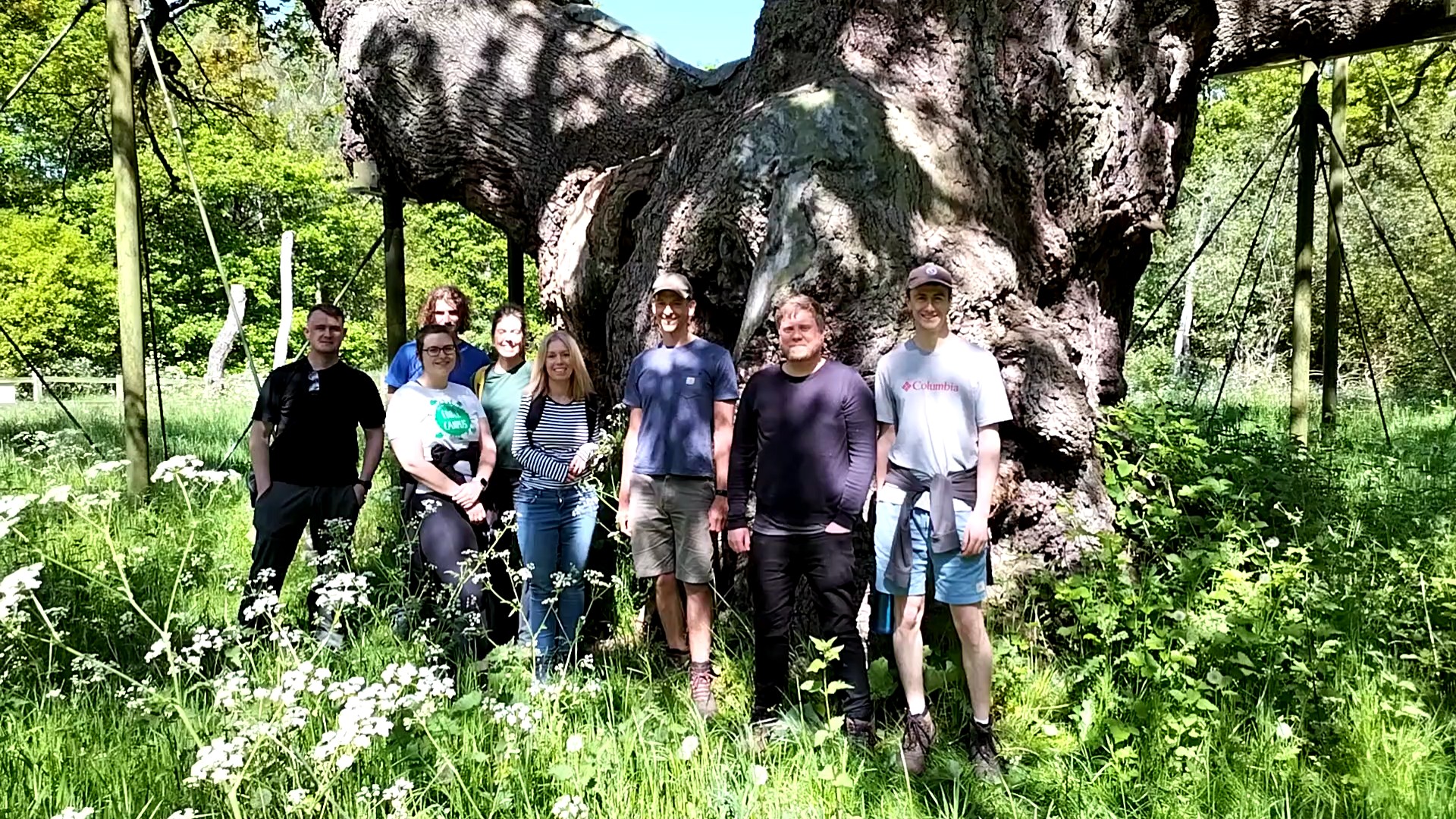
Team Day Out at Sherwood Forest
14th June 2023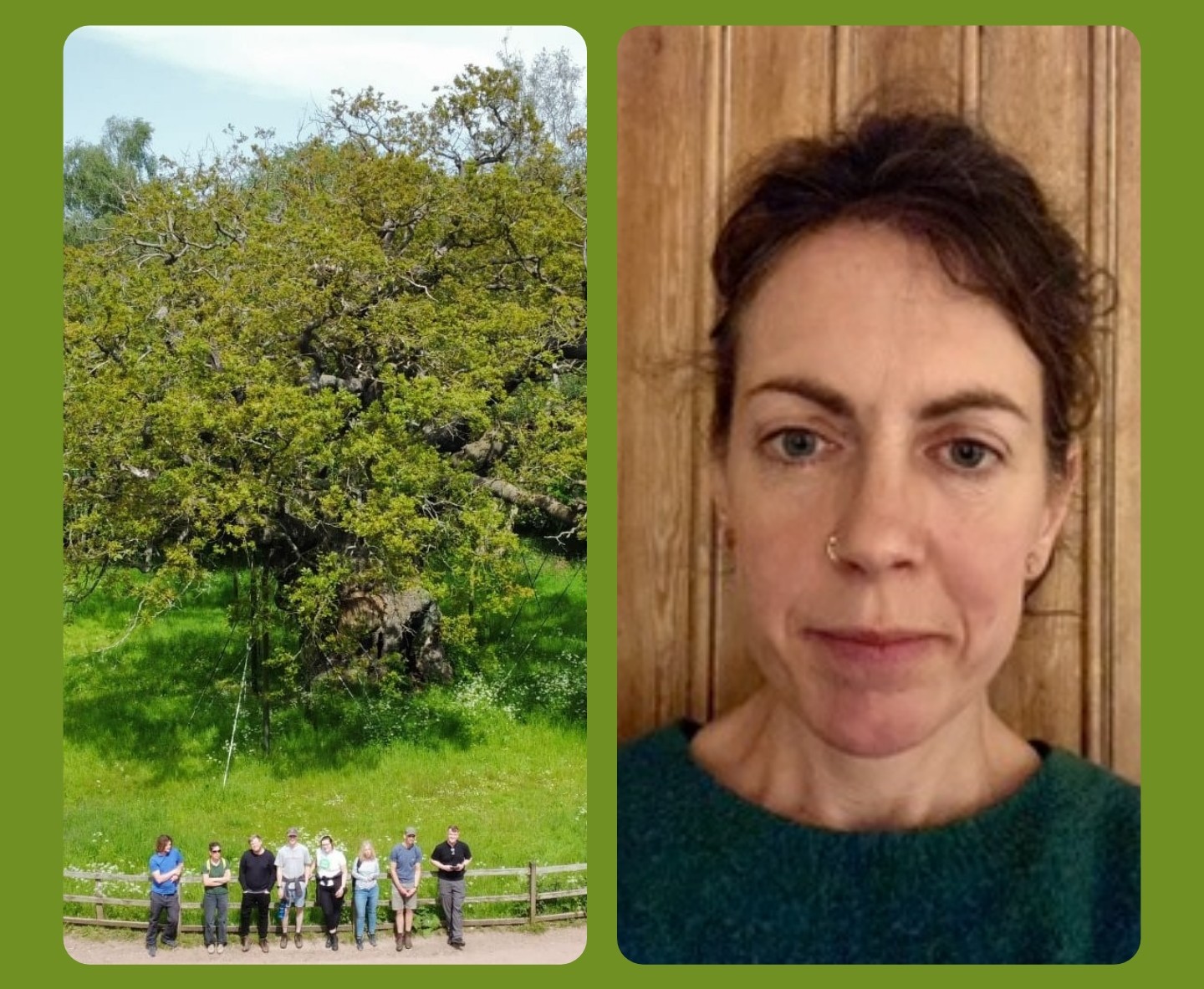
Introducing Sophie Beckerman: New Team Member
17th August 2023Bats in Trees – Considerations for Arboriculturists
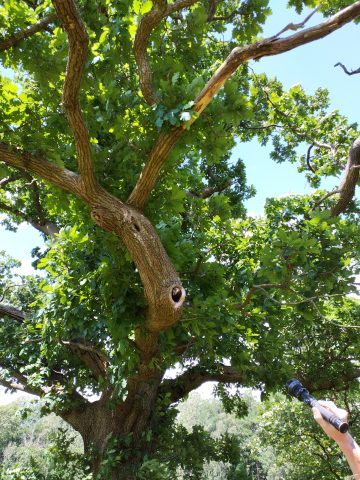
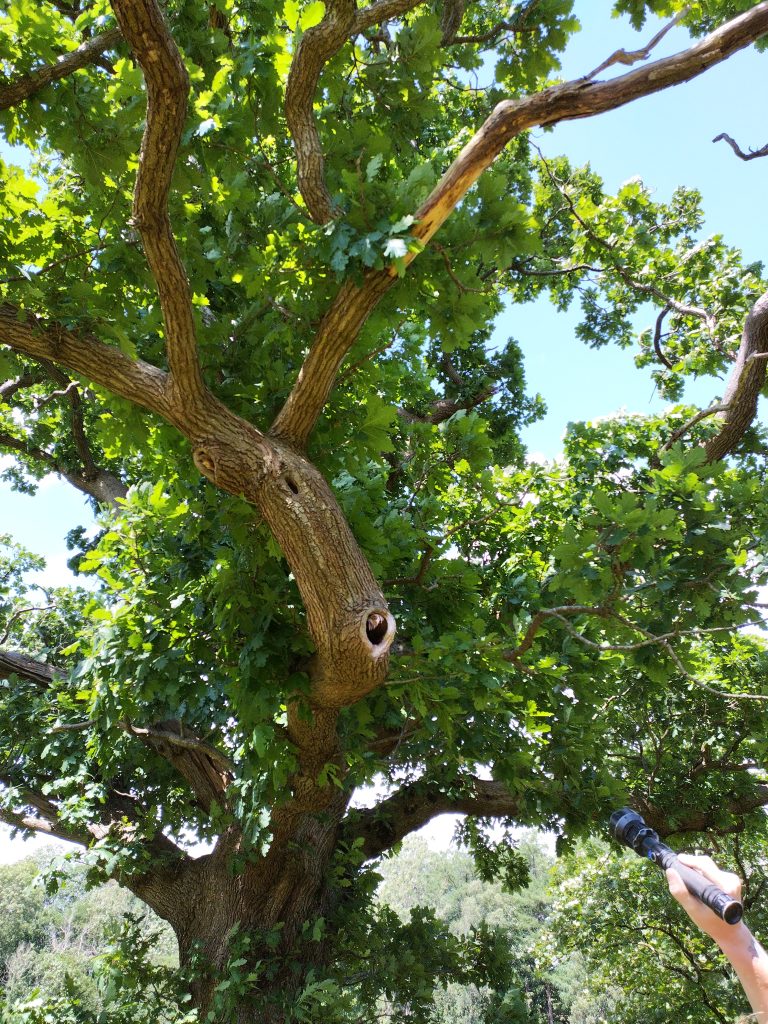
Bats and trees have an ancient relationship, with trees providing vital roosting and foraging habitats for these fascinating creatures. In the UK, bats are an important part of our biodiversity, and all bat species, their breeding sites and roosting habitats are fully protected under European law, to safeguard their populations. Bat surveys are generally undertaken by professional Ecologists, who hold the appropriate and up-to-date survey licence to carry out surveys for bats. Here, AWA Tree Consultants in-house bat fanatic – Lucy Garbut – explores the relationship between bats and trees for arboricultural consultants, and looks at the things arboriculturists should consider when undertaking tree surveys for planning or tree risk surveys.
The Relationship between Bats and Trees
Many bat species in the UK rely on trees for their survival. Trees offer natural roosting habitats for bat species such as the Brown Long-eared Bat, which roosts in crevices and splits within trees. Bats also use trees as a source of food, with species such as the Common Pipistrelle hunting insects around tree canopies.
Bats are particularly vulnerable to habitat loss, and trees being removed or pruned heavily can have severe impacts on bat populations. Bat populations can be impacted by indirect development impacts, such as lighting, noise and habitat loss, so it’s crucial to protect their natural habitats and minimise disturbance in the trees they call home.
Legal Issues
Since bats and their roosts are legally protected, certain actions such as damage or destruction of bat roosts, are illegal. This means that any tree work, including pruning or felling, needs to be carried out with the utmost care and attention, with the potential impact on bats assessed in advance.
Unfortunately, little is known about what makes a good bat roost when it comes to trees, and much of the guidance and recommendations that apply to bats roosting in buildings are extended to cover roosts in trees, sometimes incorrectly. For example, it is advised to survey trees for bats during summer, the same season that you would normally survey buildings, however the vegetation during summer makes seeing any bats difficult, and some bats may only occupy tree roosts during winter – does this mean we should discount their presence within the trees?
Tree Surveys and what makes ‘’good’’ potential roosting habitats for bats?
When planning any tree work as part of tree survey management recommendations, it’s crucial to undertake a tree survey to assess potential impacts on bat populations or other protected species. A tree survey should identify factors such as the potential bat roosting habitats, and the potential impacts of any work on bats or their feeding habitats.
Tree species are a important factor in the wide range of features bats occupy on trees, from the fluting seen on the stems of old Beech trees, to snap outs on Chestnut trees. Long lived species such as Oak, which can hold onto their deadwood for years are ideal, because this means any roost features within that deadwood, such as cavities or hazard beams, will last without the tree failing for long enough for the bats to roost there.
It is also important to be mindful that unlike roosting features in buildings, it should be considered that tree roost features are likely to change with time. What was once an ideal roost feature may become unsuitable, for example a cavity that once had bats roosting within it may widen as it rots and leave any future bats that move in vulnerable to predation, and therefore unlikely to move in. It is important that trees are assessed regularly for potential roost features, and that these features are scored on their ‘potential’ (negligible, low, moderate, high), to ensure time is not wasted worrying about unsuitable roosts.
Practicing arboricultural consultants should have read and understood the Bat Roosts in Trees book, and in many instances it will be useful to check out the Bat Tree Habitat key (BTHK) which holds records for bat roosts within trees across the UK. This data can be filtered for tree or bat species, roost feature and even roost size, and can be a useful tool for indicating the likelihood of bat presence at a site. The BTHK is based on communal records and as such it is important to remember that an absence of data does not necessarily mean an absence of bats – it is possible people have not got round to uploading their records yet!
Using Appropriate Experts
It’s important to use appropriately qualified and experienced experts when planning and carrying out tree work. Qualified and experienced ecological consultants who specialise in the management of bat roosts should be consulted to ensure that any tree work is carried out with the appropriate care, and where necessary, with the appropriate licenses obtained.
In conclusion, bats and trees have a crucial relationship in the UK, and it’s essential that their habitats are protected for the long term. Arboriculturists undertaking tree risk surveys or tree surveys for development projects should have a basic understanding of bat roost potential and be mindful of bats when recommending tree management. However, arboriculturits should accept the limit of their professional knowledge of bats in trees – as knowing when to use the appropriate bat experts can go a long way in ensuring that our bat populations thrive and continue to be a vital part of our biodiversity.


